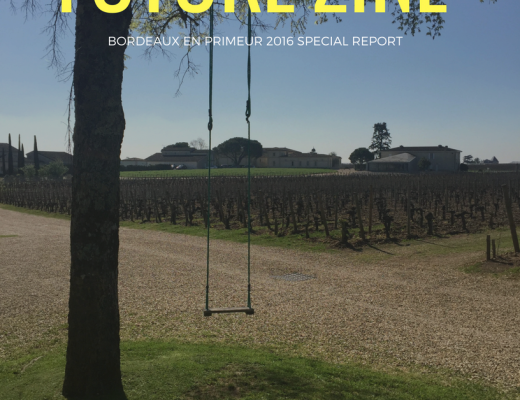They give their vines a brazilian wax and in the winery, Dry River is no less radical.
Throw away your winemaking books when you enter their cellar.
Okay, so there’s a prefermentation cold soak, which is fairly standard practice for many Pinot Noir producers, in a bid to increase colour intensity and aromatic lift, but that’s where anything standard finishes.
Pinot tends to be in contact with skins (maceration) for 21-28 days in most wineries. Not at Dry River: it’s game over for the skins after 12-14 days. Post fermentation maceration? No, sir-ee. Ferment to dryness and press off straight away.
“We’d rather not have long fermentation on reds for the extraction of tannins from seeds and stems because those are not the phenolics that we are after. We are trying to extract real gentle phenolics that have developed in the vineyard,” explains Dutch winemaker, Wilco Lam.
Once the fermentation is done and dusted, is it time for barrel fermentation? Yes and no. First there’s malolactic fermentation in tank rather than in barrel.
Safely through malo and in barrel, most winemakers would rack their wines (transfer from one barrel to another as part of the clarification process, which also provides aeration). No thanks, no racking here. Lazy, I joke. And doesn’t the wine get a sulfide-induced stink, if there’s no exposure to oxygen through racking?
No, says Dutch winemaker Wilco Lam. “Because we allow malolactic fermentation in tank, when you transfer them to barrel, the lees content is a lot lower than pressing and going to barrel with quite heavy lees [lees are reductive]. There’s a lot less SO2 production happening there in barrel.”
But surely they get a bit smelly? “Sometimes – but we won’t find out until we take it out of barrel. Yes, we’ll follow them but we’d rather deal with it afterwards than deal with it beforehand. If they need a little copper [sulphate] going to barrel [to remove the sulphide] we will.”
Okay, I see their reasoning but why don’t you rack? It’s about bottle maturation, apparently. “We exclude oxygen at any stage for all varieties and we believe that will give us extra longevity in the bottle, avoiding any oxidation possible.”
Extra longevity? Most Kiwi Pinot is purchased and consumed before the wine is out of nappies. Luckily for Dry River, they have an almost cult (sorry I hate the c-word too) following in New Zealand. They have educated their mail-order only customers that these wines are produced for the long haul and shouldn’t be opened for at least five to 10 years. If only we could spread the ‘you don’t have to drink your wine immediately’ word further afield, drinkers would see another side to NZ Pinot.
2011 Dry River Pinot Noir
Forget sweetly-fruited pinot noir, this Kiwi pinot is all about structure. Currently closed on the nose. Delicate on the mid-palate, almost ethereal, showing density of fruit without weight. Subtle spice and clove oak spice on the long finish. 90/100
2003 Dry River Pinot Noir
Now starting to develop but it still has plenty of time on its hands. It is showing some secondary mushroom-like character, broody spice and smoked meat. High level of concentration from very low crops yet delicate in the mouth, finishing with great drive and linearity, likely due to whole bunch fermentation. Long length. 93/100
1992 Dry River Riesling
Remarkably fresh for a wine that’s celebrating its 21st birthday. Bouquet is developed but not fully mature,: expect lime and peach fruit, honeyed notes and mandarin. Beautifully balanced, linear and fresh. 92/100

